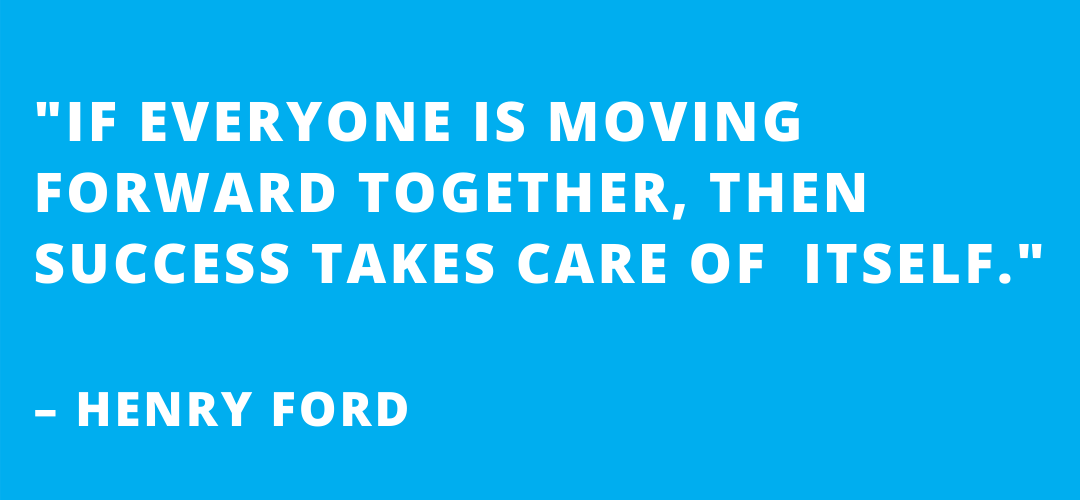.png)
By Aaron Clevenger, Generation Next Treasurer
Muncie Power Products Inc.
This article was originally published in the February 2021 edition of Generation Next Edition.

Oftentimes in our professional careers there are situations where collaboration is essential. Understanding the role it plays within your success is paramount to navigating day-to-day processes.
The opportunity to collaborate is available now more than ever, thanks to technology and present-day circumstances. AT our fingertips, we have instant access to each other. This capacity can elevate you to new successes you may not have previously fathomed. When working together as a team, one’s skillset is compounded with others’. Every employee has deficiencies; with collaboration, these can be transformed into proficiencies. Collaborating can be as interactive as meeting in person and working hours upon end, or as simple as shooting an email for a colleague’s opinion. In any scenario, more intellects are better than one.
Elements of collaboration
Every employee must be willing to work together to generate a successful outcome. This requires some imperative skills and qualities. You can’t collaborate if you don’t have a goal. Setting the goal from the start gives you something to strive for. When working in a group setting, each team member must be extremely proficient in communication. Communication not only refers to the approach in which you deliver your ideas and opinions, but also (maybe even more importantly) in the way in which you receive others’ ideas and opinions. Lastly, time management skills will help the project stay on course and meet any deadlines. Time management can also keep your team from exhausting too much energy on a small portion of the overall goal.
Best practices
Equally important are best practices for traversing your project. In conjunction with time management is efficiency. Remaining efficient will lead to increased production time. Staying efficient requires trust, accountability, and empathy amongst team members. It is important to understand that no one is hoping for a failure. Each team member has the same finish line. Holding each other accountable will reinforce the “team” aspect and keep the pace. Being empathetic ensures you aren’t staying inside of your box. Empathy can help you understand why your team member visualized something differently and provide a new perspective on which direction the project could potentially take. While working in a team, you need to be clear and positive in reference to your team members’ ideas. Whether it is colleagues or an athletic team, negativity can be a highway to failure.
While going through this process, several positive behaviors are being produced/strengthened. Innovation takes off as minds are molding together to solve problems. Aside from the project itself, there are other positive outcomes behind the scenes. The team now has a palate for innovation and is beginning to learn how to brainstorm beyond its previous capacity. The team is now stronger and more inclusive. Internal (and likely external) relationships are beginning to sprout, paving way for future collaboration. These relationships will likely transform into better customer service. Lastly, management should recognize an increase in the development of their employees - once again providing a wave of deficiencies shifting into proficiencies.
When another project presents itself to you, reach out to a colleague and see how far you can take it. I think you’ll be surprised at what you can accomplish.
